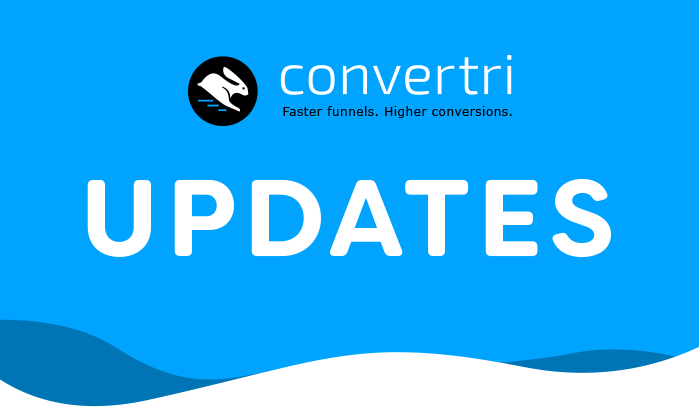Checkbox, Please
A lot of us are pretty lazy. And when it comes to filling out forms online, you may be surprised at how lazy we can be even when it comes to this simple, everyday task.
Here at Convertri, we recently did an experiment to test the boundaries of everyday laziness.
We wanted to know if adding more steps to complete an action would impact conversions, and the results were pretty interesting.
By the way, we’re not talking about adding IQ tests, sending people round in circles or infecting their technology with viruses that would demand they complete impossible quests before continuing.
Quite frankly, the dev team were up for it, but it would delay this week’s update so we decided not to.
No, we’re talking about the normal – if superfluous, in many cases – hoops you have to jump through just to submit your information to a company or website.
Things like, what’s your last name as well as your first name? How old are you? Are you human? And all the other little niggling information you don’t know why they need.
So, we decided to test something very simple – one checkbox, on one page – to see if it increased conversions, decreased them, or left them the same.
So we ran a bit of traffic to each one, and what we found out will shock and astonish you.
(If you’ve had a very quiet day. Otherwise, we just hope you find it a bit interesting.)
Adding one more step in the form of a checkbox actually decreased conversions – which should come as a surprise to precisely no one, ever.
After all, marketers have long suspected that adding extra steps has a negative impact on sales.
Way back in 2010 Vendio, an Alibaba.com company, actually increased conversions by a whopping 60% by removing all form fields from their sales page and replacing them with one ‘sign up’ button. Leads still had to enter their details on the next page, but just having one button simplified the action required, but also acted as a micro-commitment which also helped to increase conversions.
And in 2012, Blivakker.no – Norway´s leading online beauty shop – increased conversions by 11% after removing three form fields from their registration form.
So yeah, there was a precedent. But what really surprised us about our Convertri experiment was the sheer size of the figures after removing just one checkbox.
To clarify, the checkbox was one they had to tick to confirm they’d read the Terms and Conditions of the site, before they were allowed to sign up.
Variant A had no checkbox. It received 458 hits with 45 conversions, for a conversion rate of 9.8%.
Variant B had the checkbox, and received 408 hits with just 27 conversions, for a conversion rate of 6.6%.
That’s a big difference. And after plugging it into our super duper Excel spreadsheet, it turns out that’s significant at a 95% level.
For those of us who aren’t renowned German scientists and hydra slayers, that means it’s 95% likely to happen again, and that those results weren’t a fluke. Which is always good to know.
There is a downside to these results, which is that it’s not always simple to remove checkboxes and form fields from your pages.
This is because from May 2018, your pages need to be GDPR compliant.
The EU General Data Protection Regulation, or GDPR, replaces the Data Protection Directive 95/46/EC and was designed to harmonize data privacy laws across Europe and protect EU citizens.
And we believe one way of keeping your pages within these regulations is to explain what e-mails people are going to receive from you, and then adding a checkbox where they can confirm they’ve understood.
You just need to make it super clear to people what they’re signing up to – which is always good practice, but a bit difficult when you’re trying to reduce form fields.
Our advice is to include the stuff you need to stay within the law, but don’t ask for information you don’t need. And if you do need extra personal info like evening phone numbers or last names, you might find it better for your conversions to ask for them at a later stage.




